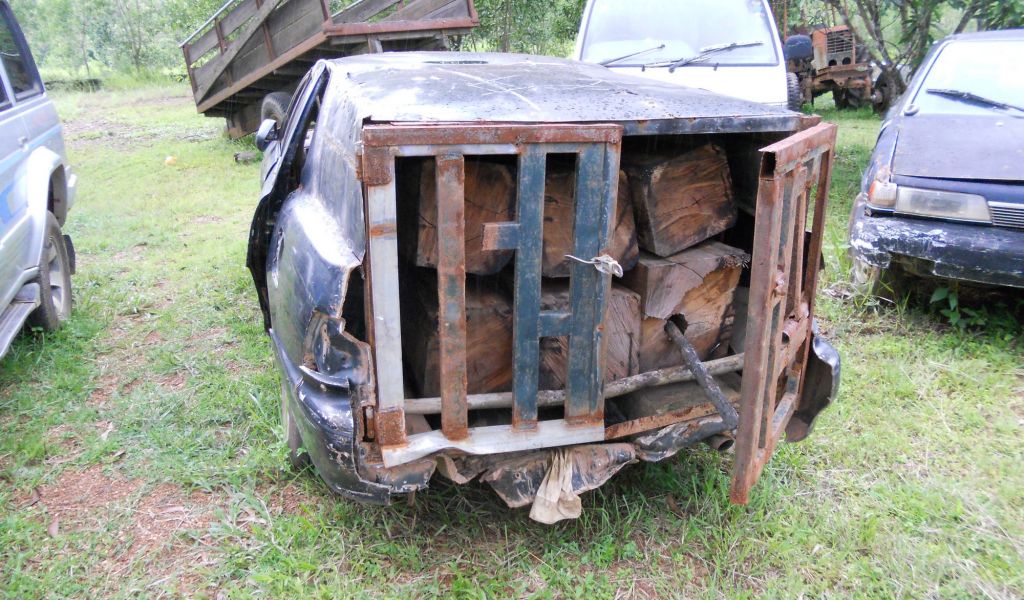Witnessing community forestry in action in Cambodia

In January 2012, AECID Madrid (from the NGODs Service and Funds Department and NGOD Monitoring Department) together with AECID in Cambodia visited two community forestry projects in Cambodia being implemented by RECOFTC in partnership with Spanish and local NGOs and the Forestry Administration (FA).
During the visit to the community forest of O’Krasang in Kratie Province, the community forest management committee (CFMC), community members, and local authorities gave presentations on formal recognition of the community forest in December 2011. Under the community forest agreement (CFA) between the FA cantonment and CFMC/CF members, the community of 46 families was given the legal right to sustainably manage and directly benefit from the 1,749 ha of community forest for a period of 15 years, renewable for another 15 years. The CFA for O’Krasang is one of eight CFAs in Kratie Province, and the first ever signed in Northeast Cambodia since the promulgation of the MAFF prakas on CF guidelines in 2006.
During the site visit, the management committee, community members, and local authorities also presented the process of preparing their community forest management plan, including resource assessment and inventory. The local authorities mentioned that their community forest continues to face numerous challenges and threats, including illegal activities outside the community forest area. But with hard work and commitment from the community forest members, the rights and responsibilities afforded to them through the signed CFA and the continuing support of the local FA and NGOs through training and technical assistance, these challenges could be overcome.
The delegation also visited the 135 ha community forest of Veal Thmor in Ratankiri Province, where a similar presentation on the formation of their community forest and forest management plan was made. The presenters also elaborated on the role of women in the community forest development process, led by a 19-year-old woman serving as the gender focal person for the village.
In February, 2012, the Delegation of the European Union (EU) to Cambodia led by its Attache for Natural Resources Management and Climate Change visited the 285 ha community forest of Veal in Pursat Province. The visit commenced with a meeting at the FA Inspectorate office where the Chief of FA Cantonment presented an overview of community forestry development and challenges, as well as progress on an EU-funded project in Pursat Province. The meeting was attended by Central and local FA staff, local NGO partners and representatives of provincial government. The presentation highlighted that Pursat Province has a significant number of NGOs and projects engaged in CF establishment and development, but community forests there tend to be very small – 48% of all community forests have an area of 5-100 ha. The Chief also mentioned the persistent problem of land conflict, noting that 26 community forests in Pursat are currently facing land use conflicts with economic land concessions.
The visiting EU delegation was impressed with the CFMC record-keeping and noted a number of letters sent to local FA and local authorities reporting unauthorized activities in their community forest areas which were subsequently addressed by the FA. This reporting began only after the agreement was signed between the CFMC and FA cantonment in Dec 2011. This exemplifies the role of community forests in forest protection, law enforcement, and good governance. The visiting delegation also visited the community forest area and noted the distinct difference between the quality of the forest within the area protected by CFMC/CF members and the area outside the community forest.

